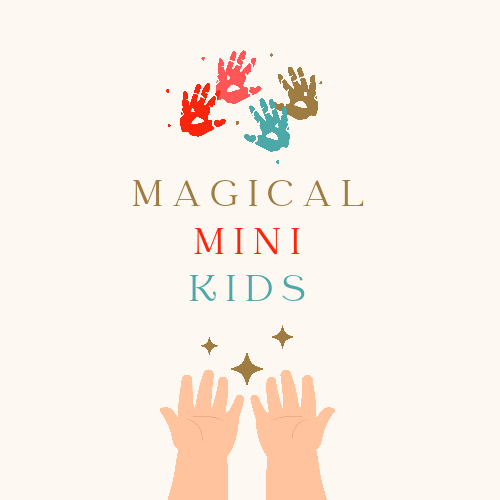It is important to recognise that when a child is given the opportunity to engage in creative activities, they are not only creating, but also learning. Often, we tend to focus more on the end result rather than the process itself. However, allowing a child to be creative grants them the opportunity for self-expression.and offers numerous developmental benefits.
The actual process of creating is where true learning occurs and where attitudes are formed. It is during this process that children establish connections between their prior and current knowledge, develop their own ideas, take risks, try new things, and demonstrate perseverance and resilience in the face of challenges.Children's drawings are often seen as a reflection of their growth in representation.
Studies indicate that as children get older, their drawing strategies become more intricate and symbolic. The process of drawing evolves as they develop. In the 1920s. Georaes-Henri Luauet published one of the earliest books that documented and theorised the stages of drawing development. His research on cognitive development greatly influenced subsequent studies, including the work of Swiss psychologist Jean Piaget. Piaget regarded the stages of drawing development as a measure of a child's cognitive abilities, a viewpoint that was both supported and challenged by others. Children's drawings provide a captivating glimpse into their perception and portrayal of the world around them. They also serve as valuable tools for therapists, as children often find it easier to express themselves through images rather than words.
It is crucial to remember that children develop at their own pace. Whether they are scribbling or drawing shapes, giving them the freedom to draw or paint is beneficial for their overall development.

